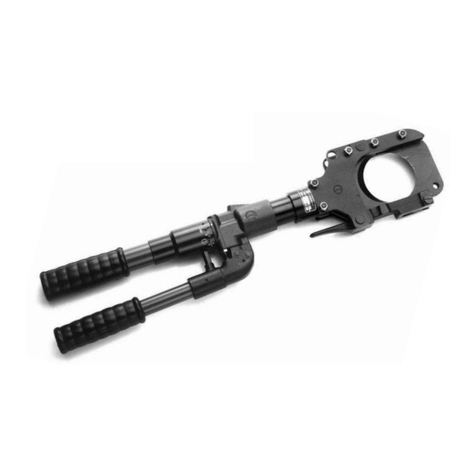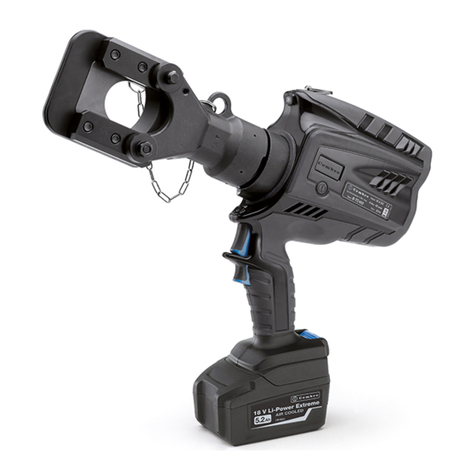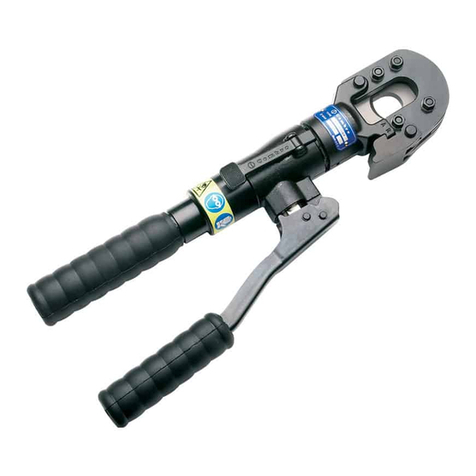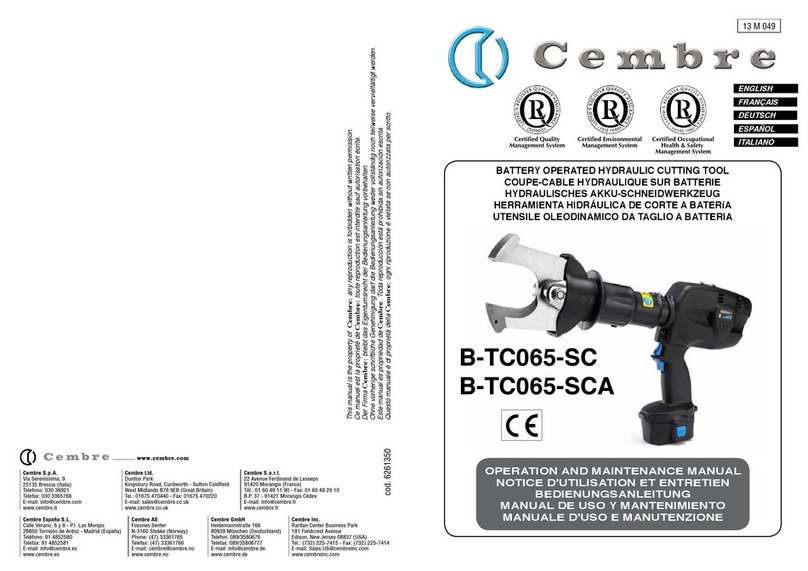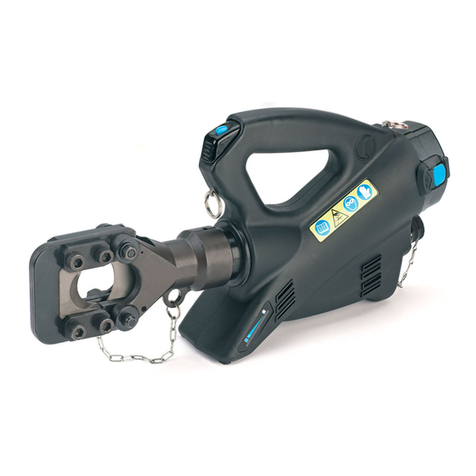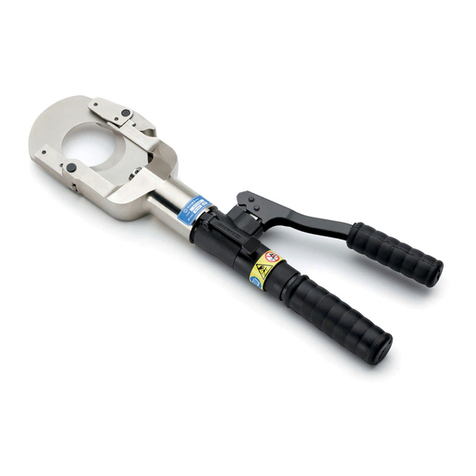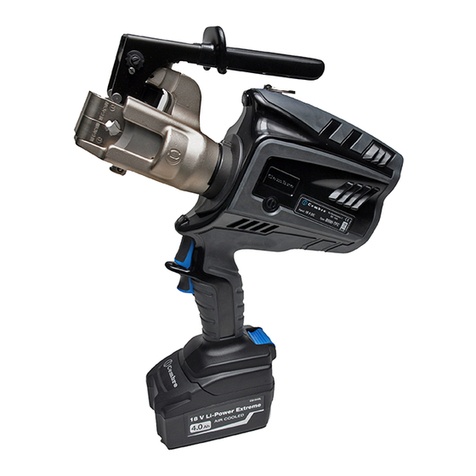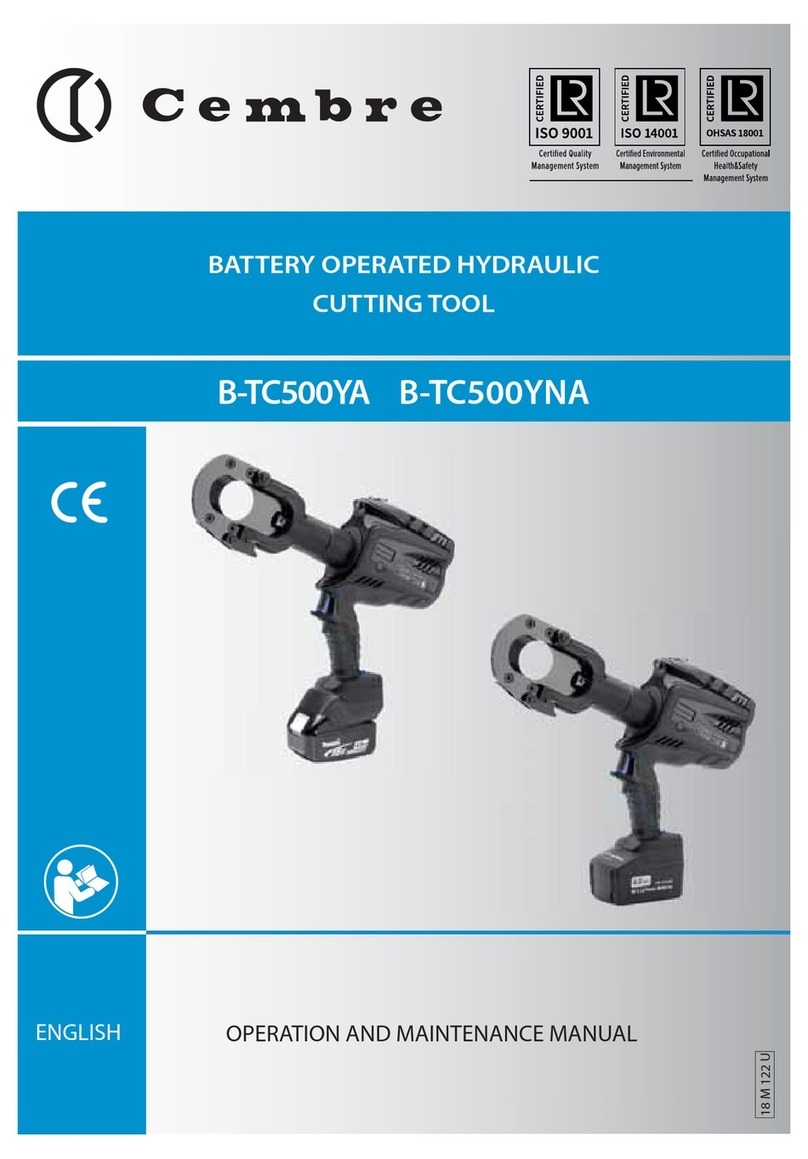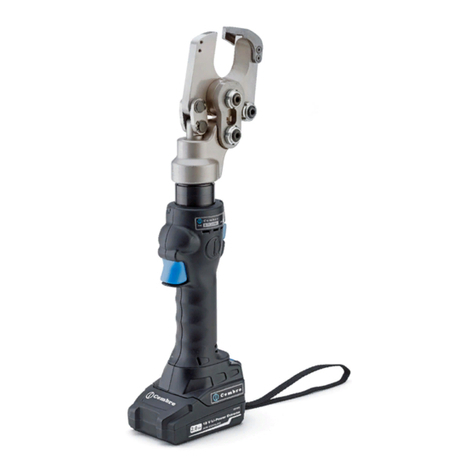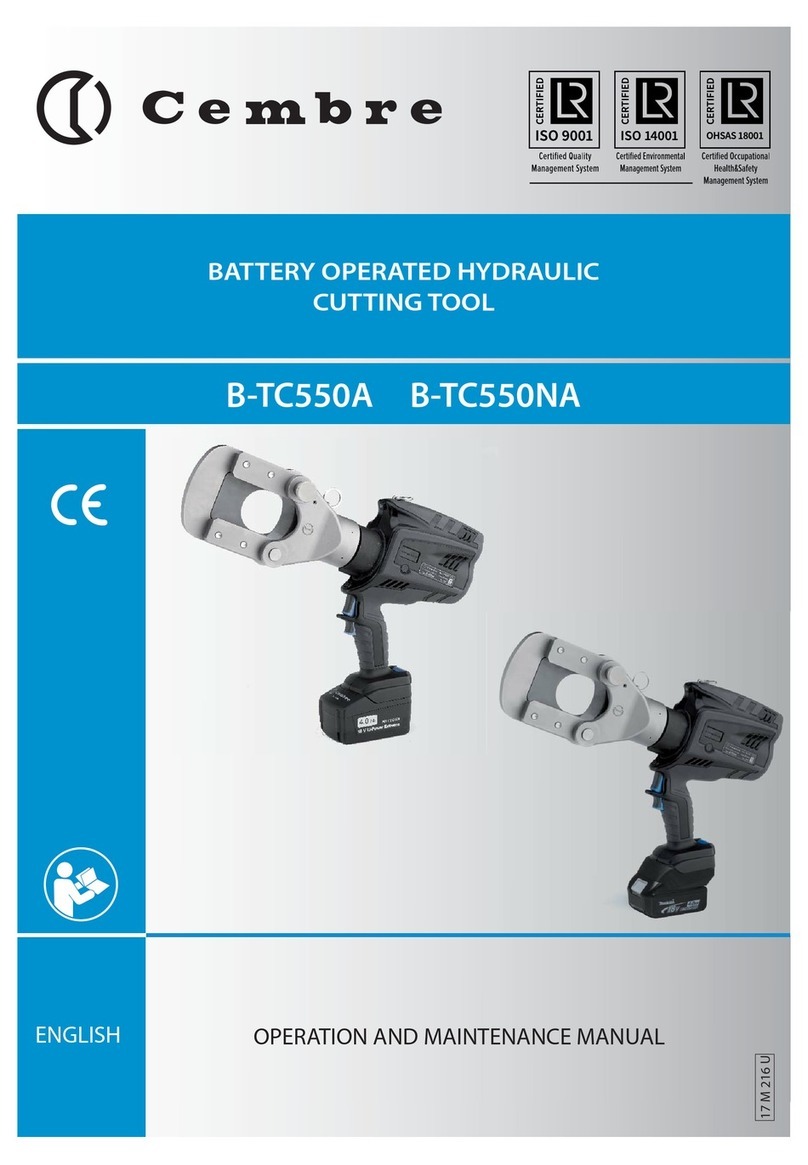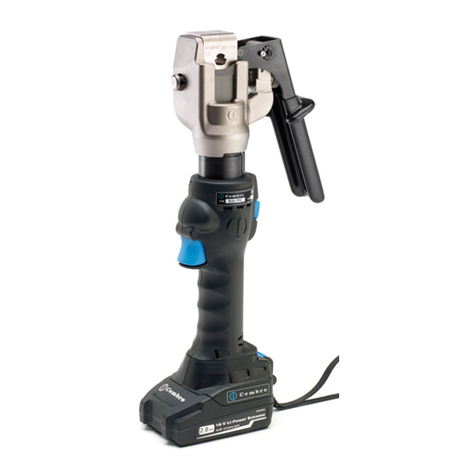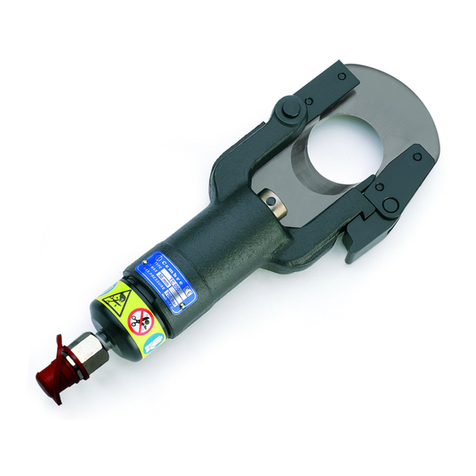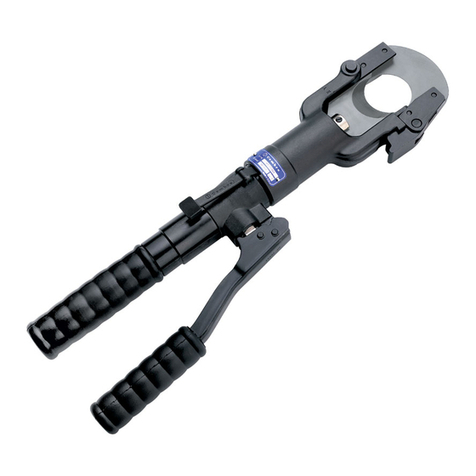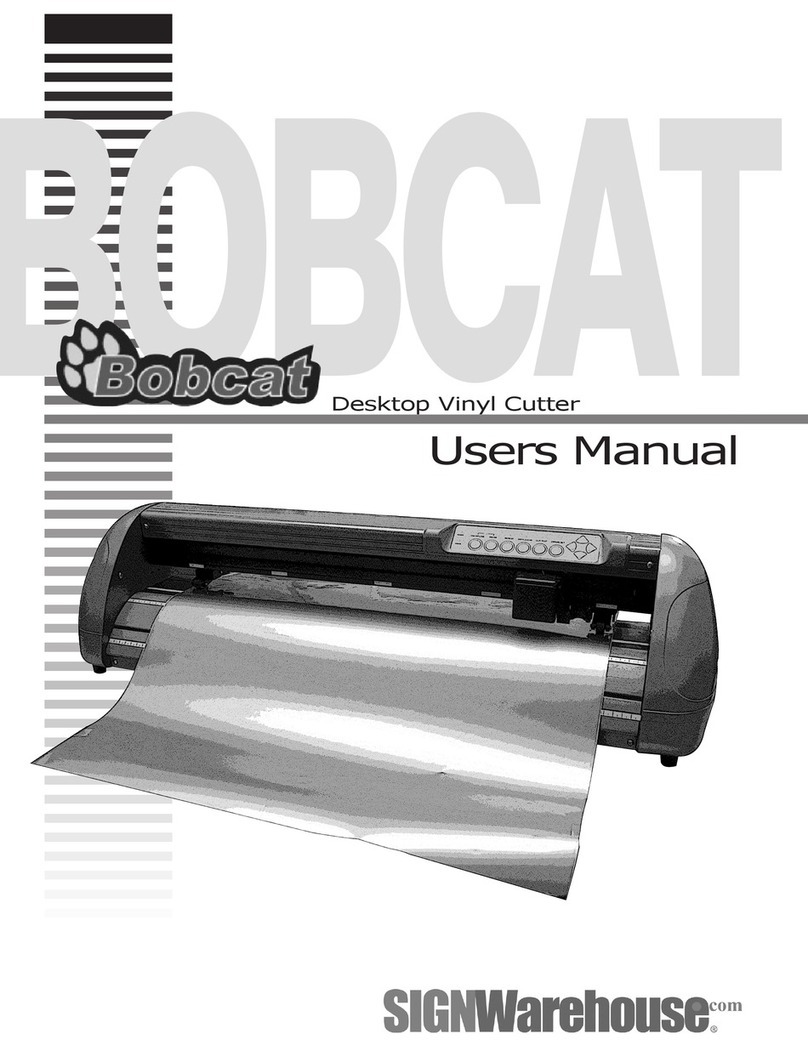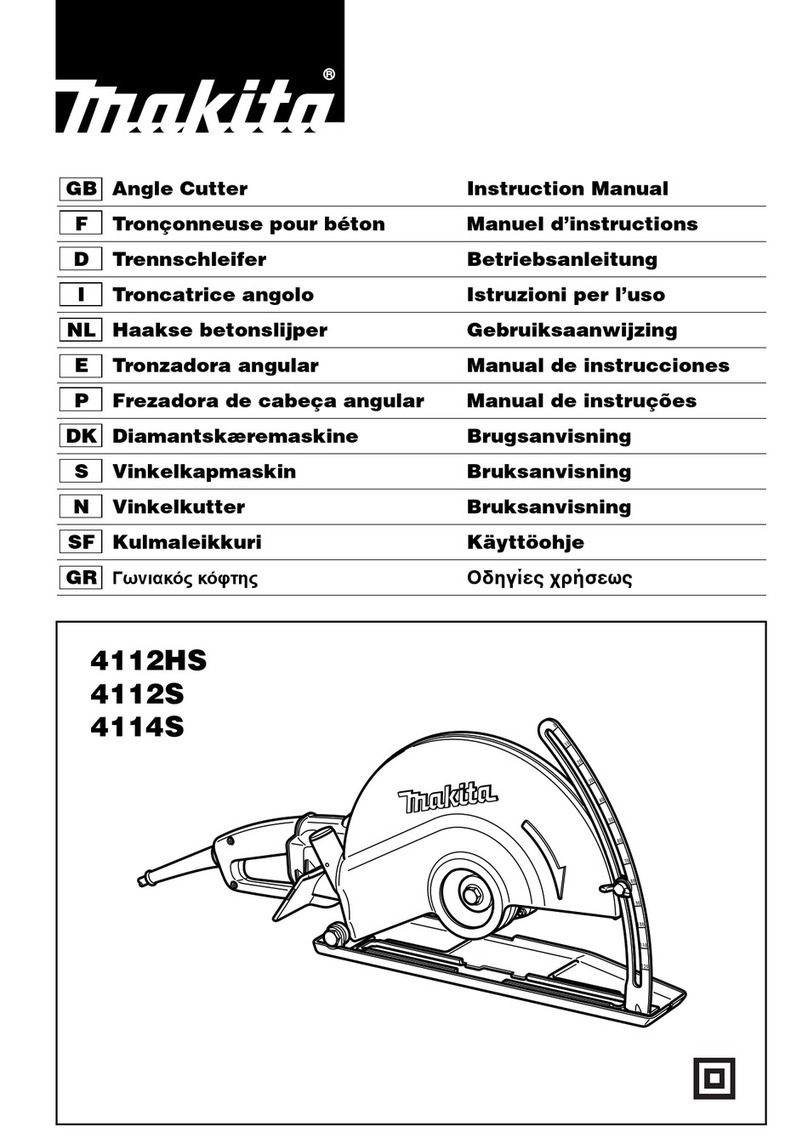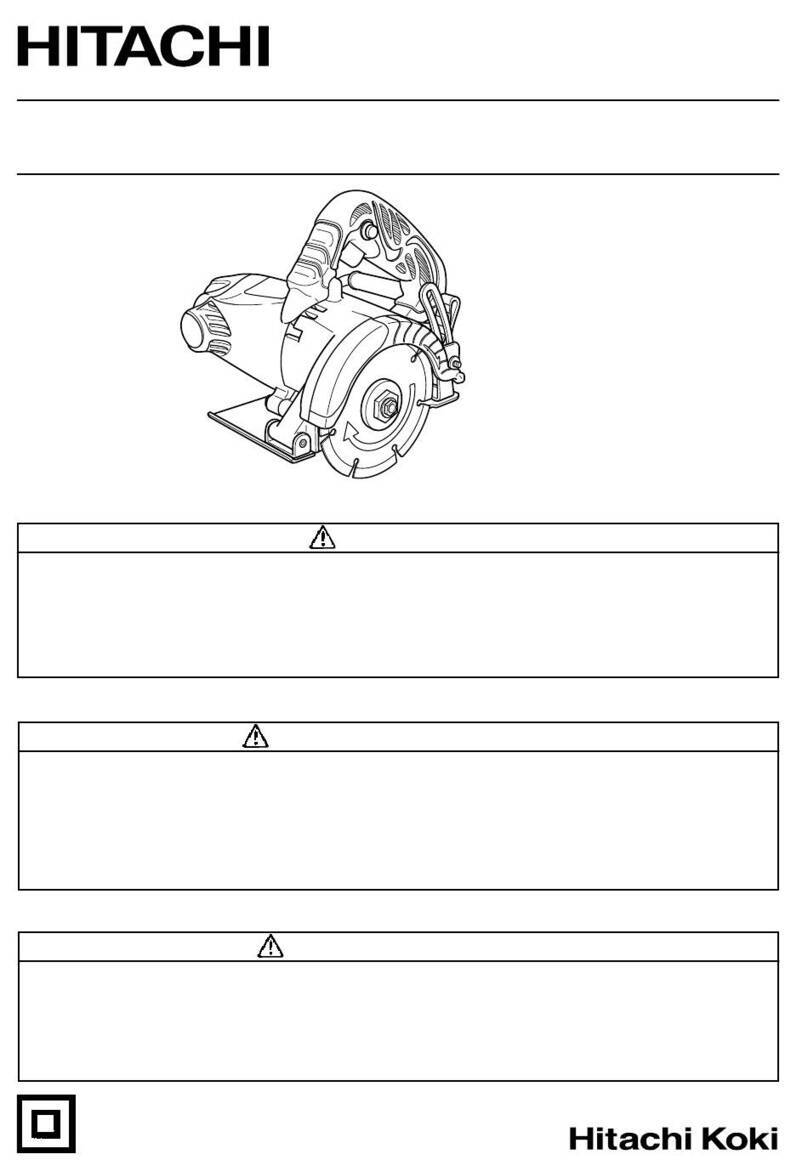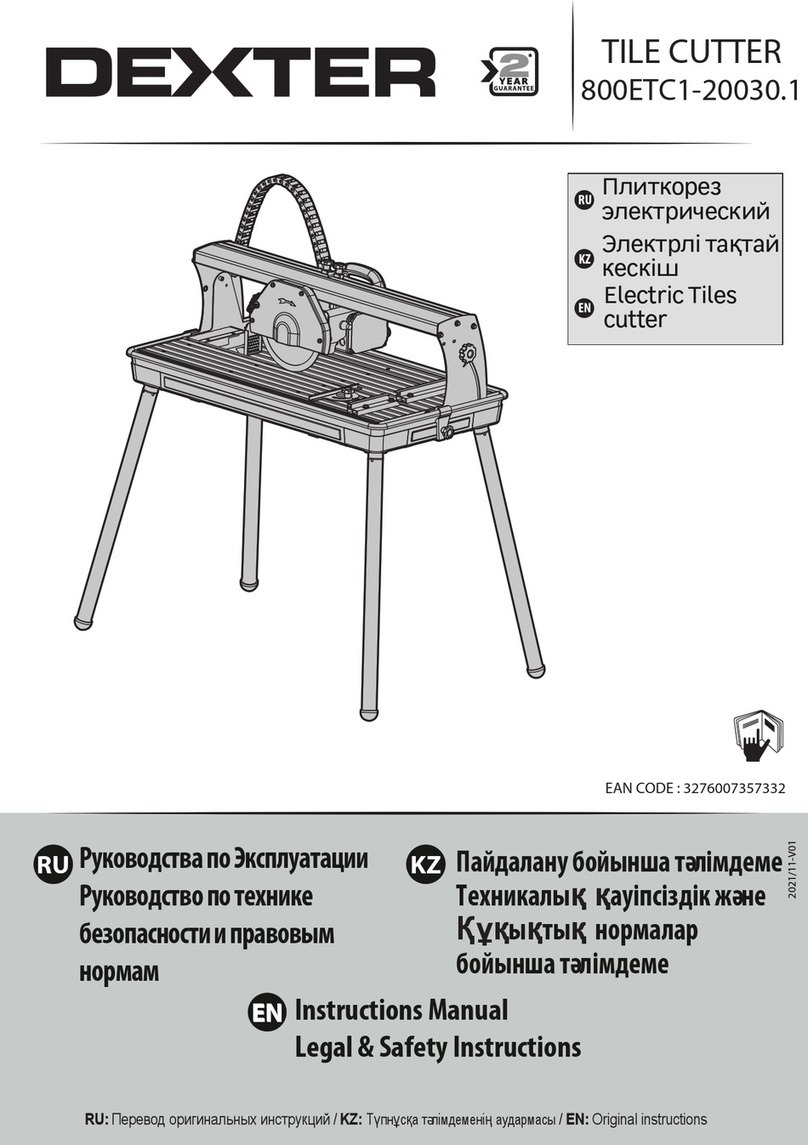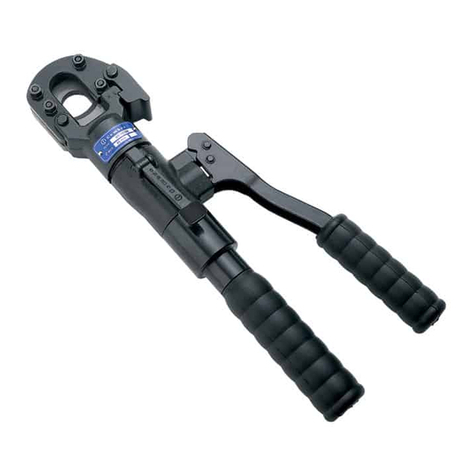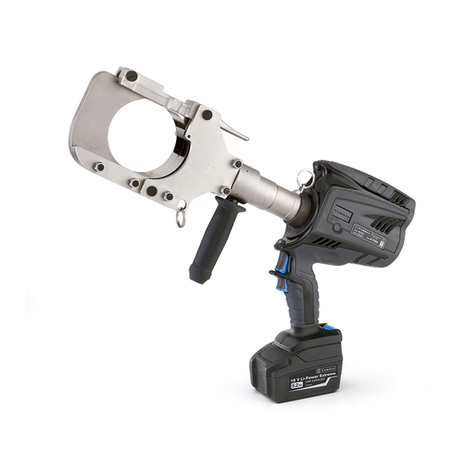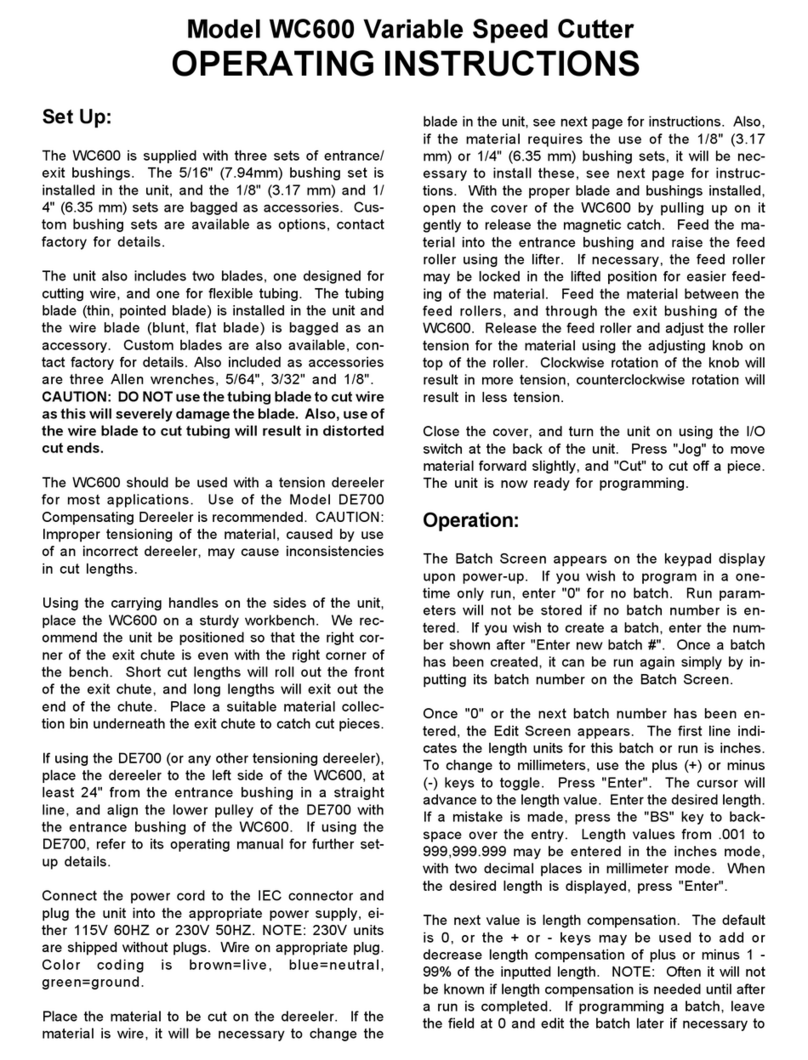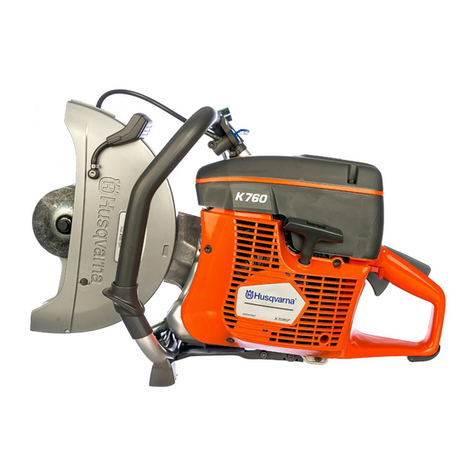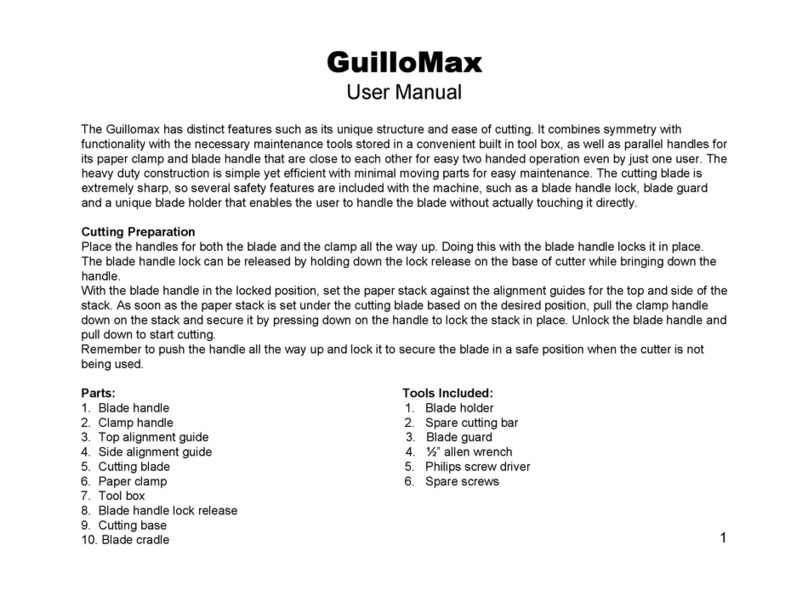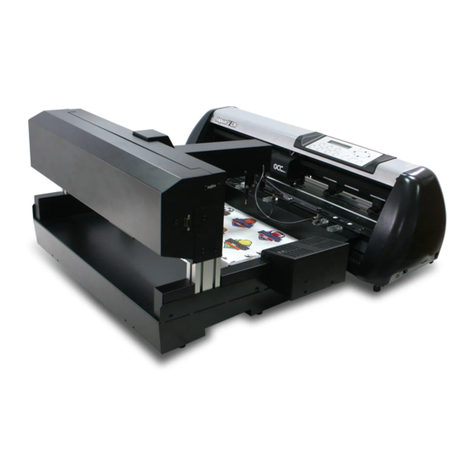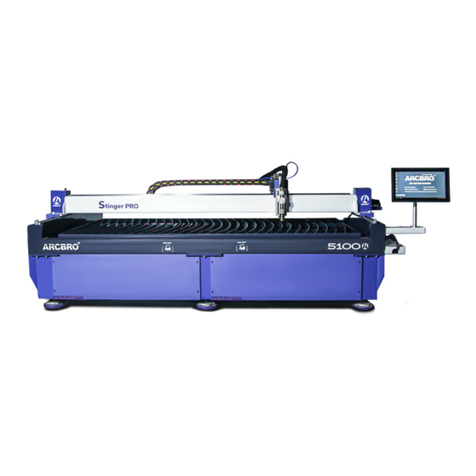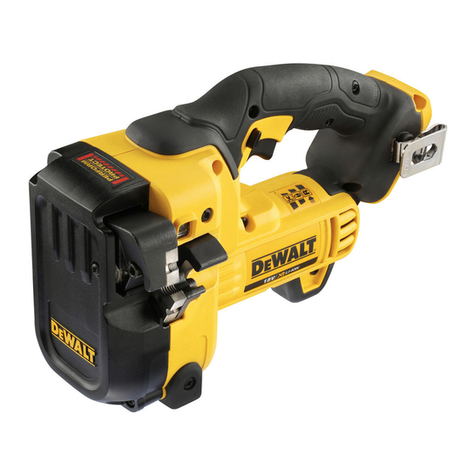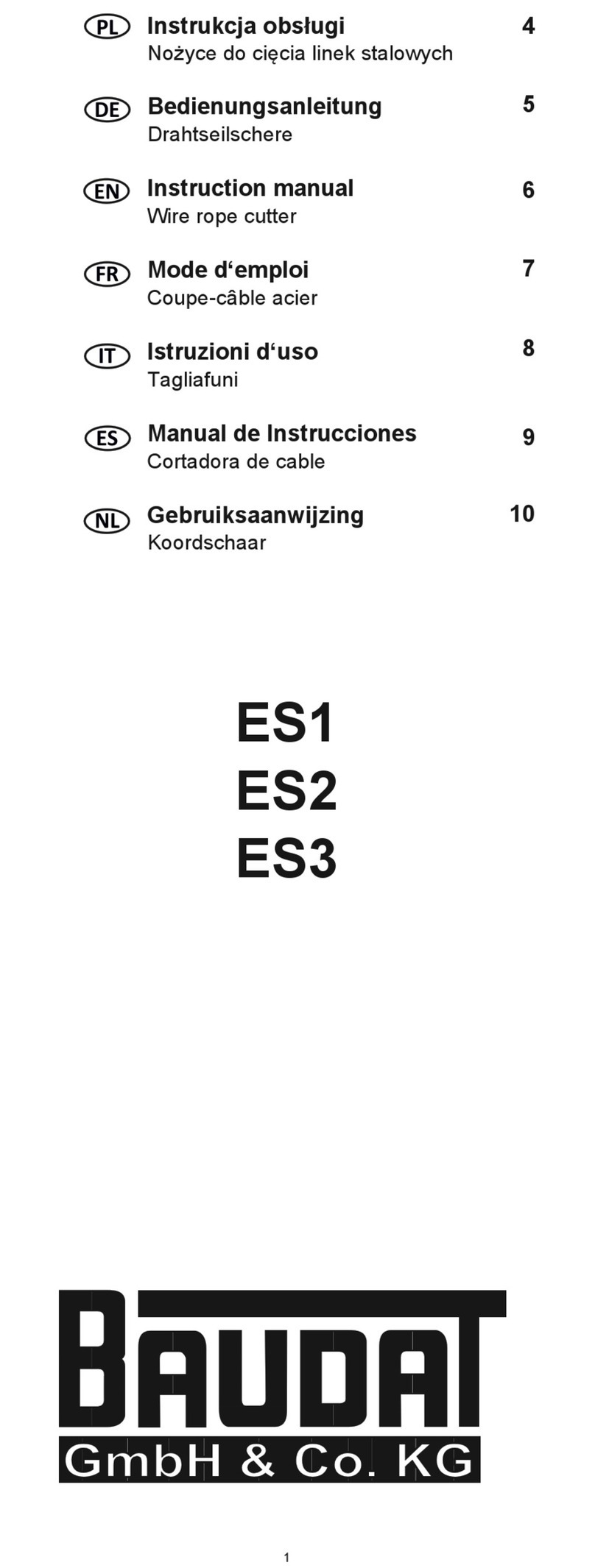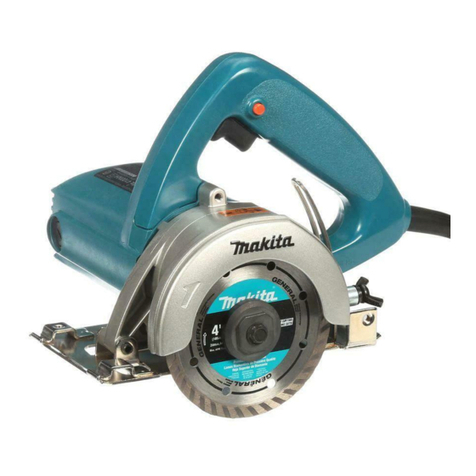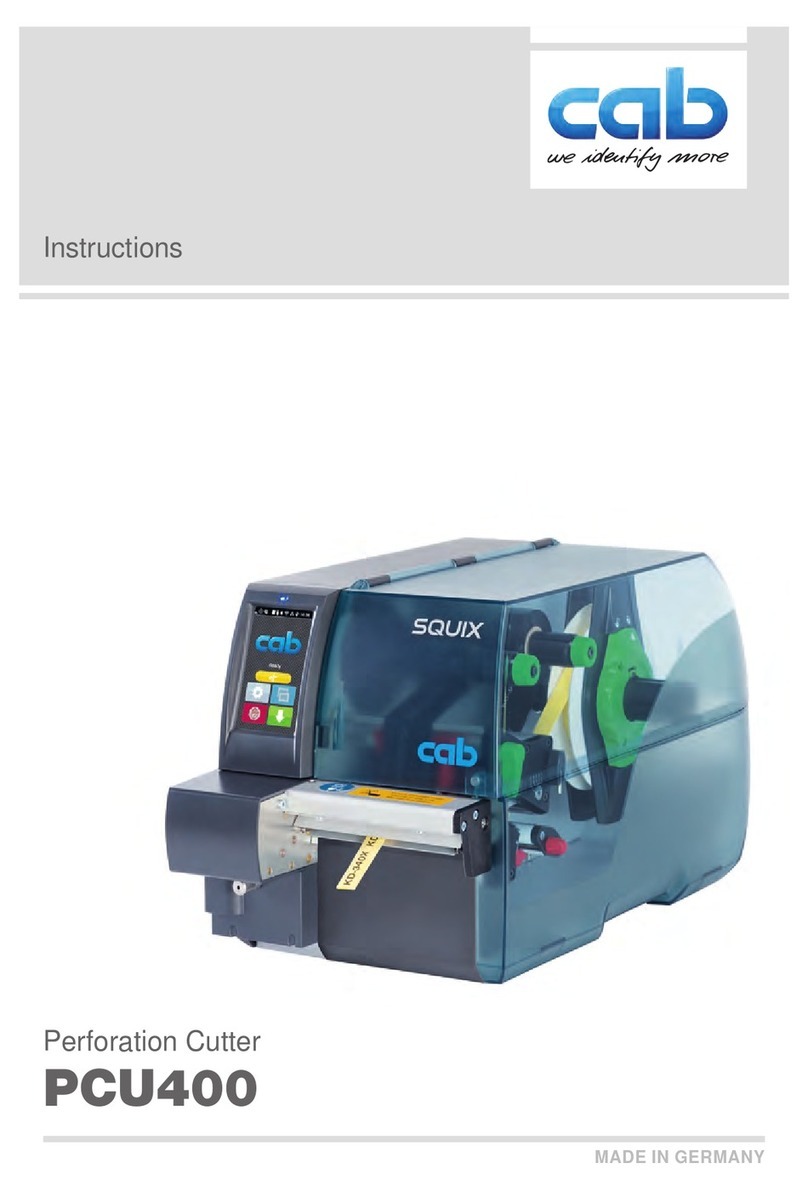
– Before using the tool, carefully read the instructions in this manual.
– Avant d'utiliser cet outil, lire attentivement les instructions de cette notice.
– Vor Inbetriebnahme unbedingt die Bedienungsanleitung durchlesen.
– Antes de utilizar la herramienta, leer atentamente las instrucciones contenidas en este manual.
– Prima di utilizzare l'utensile, leggere attentamente le istruzioni contenute in questo manuale.
– Keep hands clear of cutting blade.
– Au cours du coupage, tenir les mains éloignées de la lame.
– Während des Schneidvorganges die Hände vom Messer fernhalten.
– Durante el corte, tener las manos alejadas de la cuchilla.
– Durante il taglio, tenere le mani lontane dalla lama.
– Do not short circuit the batteries.
– Ne jamais court-circuiter les bornes d'une batterie.
– Schliessen Sie die Kontakte nicht kurz. Brandgefahr.
– No poner en cortocircuito las baterías.
– Mai mettere in corto circuito le batterie.
– Always recycle the batteries.
– Recycler toujours les batteries usagées.
– Verbrauchte Akkus stets dem Recycling zuführen.
– Reutilizar siempre las baterías.
– Riciclare sempre le batterie.
– Do not discard batteries into domestic refuse or waste disposal.
– Ne pas jeter de batteries dans une poubelle ou autre lieu non prévu à cet effet.
– Verbrauchte Akkus nicht in den Hausmüll werfen.
– No tirar las baterias al cubo de basura o lugar parecido.
– Non buttare le batterie nei cestini della spazzatura o luoghi simili.
Ni-MH
1 34
– See page 34.
– Voir page 34.
– siehe Seite 34.
– Vease página 34.
– Vedere pagina 34.
WARNING LABELS - ETIQUETTES SIGNALETIQUES - WARNSCHILDER -
ETIQUETAS DE ATENCION - ETICHETTE D'AVVERTENZA
TG.0704
4'
DIMENSIONEXMM
TG0702
Ni-MH
MOD. CB9620H 9,6V - 2,0Ah Ni-MH
Pantone process blue
Silver
TG.0702
TG.0810
4'
DIMENSIONEXMM
TG.0810
4'
DIMENSIONEXMM
USER INFORMATION in accordance with “Directives 2002/95/EC and 2002/96/EC.
The ‘Not in the bin’ symbol above when shown on equipment or packaging means that the equipment must, at
the end of its life, be disposed of separately from other waste.
The separate waste collection of such equipment is organised and managed by the manufacturer.
Users wishing to dispose of such equipment must contact the manufacturer and follow the prescribed guideli-
nes for its separate collection. Appropriate waste separation, collection, environmentally compatible treatment
and disposal is intended to reduce harmful environmental effects and promote the reuse and recycling of
materials contained in the equipment. Unlawful disposal of such equipment will be subject to the application of
administrative sanctions provided by current legislation.
INFORMATION POUR LES UTILISATEURS aux termes des “Directives 2002/95/CE et 2002/96/CE.
Le symbole “poubelle barrée” apposé sur l’appareil ou sur son emballage indique que le produit, à la n
de sa vie utile, doit être recueilli séparément des autres déchets.
La collecte sélective du présent appareil en n de vie est organisée et gérée par le producteur.
L’utilisa-
teur qui voudra se défaire du présent appareil devra par conséquent contacter le producteur et suivre le
système que celui-ci a adopté pour consentir la collecte séparée de l’appareil en n de vie.
La collecte
sélective adéquate pour l’envoi successif de l’appareil destiné au recyclage, au traitement et à l’élimina-
tion compatible avec l’environnement contribue à éviter les effets négatifs possibles sur l’environnement
et sur la santé et favorise la réutilisation ou le recyclage des matériaux dont l’appareil est composé.
L’élimination abusive du produit par le détenteur comporte l’application des sanctions administratives
prévues par les lois en vigueur.
INFORMATION FÜR DEN BENUTZER gemäß der “Richtlinien 2002/95/EG und 2002/96/EG
.
Das durchkreuzte Zeichen auf dem Mülleimer, welches auf dem Gerät oder seiner Verpackung angebracht
ist, zeigt an, dass das Produkt am Ende seiner Lebenszeit getrennt von den anderen Abfällen entsorgt
werden muss. Die getrennte Abfallsammlung des vorliegenden zu entsorgenden Geräts wird vom Herstel-
ler organisiert und verwaltet. Der Besitzer, der sich des Geräts entledigen will, muss sich daher mit dem
Hersteller in Verbindung setzen und das von ihm angenommene System für die getrennte Sammlung des
zu entsorgenden Geräts befolgen.
Eine angemessene getrennte Sammlung, damit das Gerät für das Recycling, die Behandlung und die um-
weltfreundliche Entsorgung vorbereitet werden kann, trägt dazu bei, mögliche negative Auswirkungen auf
die Umwelt und auf den Gesundheitszustand zu vermeiden und begünstigt die Wiederverwertung und das
Recycling der Materialien des Geräts. Bei widerrechtlicher Entsorgung des Produkts durch den Benutzer
werden die vom Gesetz vorgesehen Verwaltungssanktionen angewandt.
I
NFORME PARA LOS USUARIOS en los términos de las Directivas 2002/95/CE y 2002/96/CE
.
El símbolo del contenedor de basura cruzado por un aspa que aparece en el equipo o sobre su embalaje indica
que, al nal de su ciclo de vida útil, el producto debe ser eliminado independientemente de otros desechos.
La recogida selectiva del presente equipo, llegado al nal de su ciclo de vida, es organizada y manejada
por el fabricante. El usuario que desee deshacerse del presente equipo deberá, por lo tanto, contactar
con el fabricante y seguir el sistema adoptado por el mismo para permitir la recogida por separado del
equipo que ha concluido su ciclo de vida. La adecuada recogida selectiva, para el sucesivo envío del
equipo dado de baja al reciclaje, al tratamiento y al saneamiento ambiental compatible, contribuye a
evitar posibles efectos negativos sobre el medio ambiente y sobre la salud favoreciendo el reempleo y
el reciclaje de los materiales que componen el equipo. La eliminación abusiva del equipo por parte del
propietario implica la aplicación de las sanciones administrativas prevista por la legislación vigente.
INFORMAZIONE AGLI UTENTI ai sensi dell’art. 13 del Decreto Legislativo 25 Luglio 2005, n. 151
“Attua-
zione delle Direttive 2002/95/CE e 2002/96/CE.
Il simbolo del cassonetto barrato riportato sull’apparecchiatura o sulla sua confezione indica che il prodotto,
alla ne della sua vita utile, deve essere raccolto separatamente dagli altri riuti.
La raccolta differenziata della presente apparecchiatura giunta a ne vita è organizzata e gestita dal pro-
duttore. L’utente che vorrà disfarsi della presente apparecchiatura dovrà quindi contattare il produttore e
seguire il sistema che questo ha adottato per consentire la raccolta separata dell’apparecchiatura giunta
a ne vita. L’adeguata raccolta differenziata per l’avvio successivo dell’apparecchiatura dismessa al rici-
claggio, al trattamento ed allo smaltimento ambientalmente compatibile contribuisce ad evitare possibili
effetti negativi sull’ambiente e sulla salute e favorisce il reimpiego e/ il riciclo dei materiali di cui è composta
l’apparecchiatura. Lo smaltimento abusivo del prodotto da parte del detentore comporta l’applicazione delle
sanzioni amministrative di cui all’articolo 50 e seguenti del D.Lg. n. 22/1997.
– Following information applies in member states of the European Union:
– Les informations suivantes sont destinées aux pays membres del'Union Européenne:
– Die folgenden Hinweise gelten für Mitglieder der Europäischen Union:
– Las siguientes informaciones conciernen a los estados miembros de la Unión Europea:
– Le seguenti informazioni riguardano gli stati membri dell'Unione Europea:
TG0702
Ni-MH
MOD. CB9620H 9,6V - 2,0Ah Ni-MH
Pantone process blue
Silver
TG.0702

